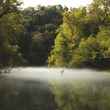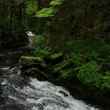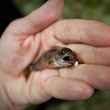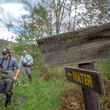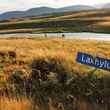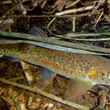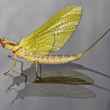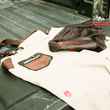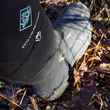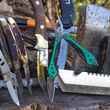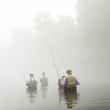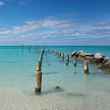Whereas Wulff’s house was on the river side of the road, the lodge sat on a long drive up the hill away from the river. As we drove up, we swung around the back of the house to the kitchen entrance. Light was coming from the windows which spanned the width of the house.
We entered the kitchen and there around the table sat Andy McAvey, the handyman; and Tibaud, Negro’s right hand man and heir-apparent. They were holding mugs of coffee and huddled against the cold in the house, despite the nice weather outside. Leaning against the commercial range in the middle of the long wall facing the door was Ollie, one of the deputies. McAvey looked up as Wulff crossed to the woodstove in the middle of the short wall at the far end. He tisked to himself and set a fire.
“Rest of the cops just left,” said McAvey.
“Fine by me, they always spoil my appetite,” said Wulff who began bustling around the kitchen like it was his own, which it pretty much had been these last few months. “I’m famished,” he said has he walked up to the refrigerator. Ollie interceded. “You can’t go in there; Braster is coming back with a search warrant. Everybody is just sitting tight until that happens.”
“Ach!” said Wulff, “And here I am starving. I don’t suppose we can get him to bring a pizza?”
He looked around, “Where’s Crowley?”
“We called him, he left before the body was discovered. Nobody has heard from him,” said Ollie.



